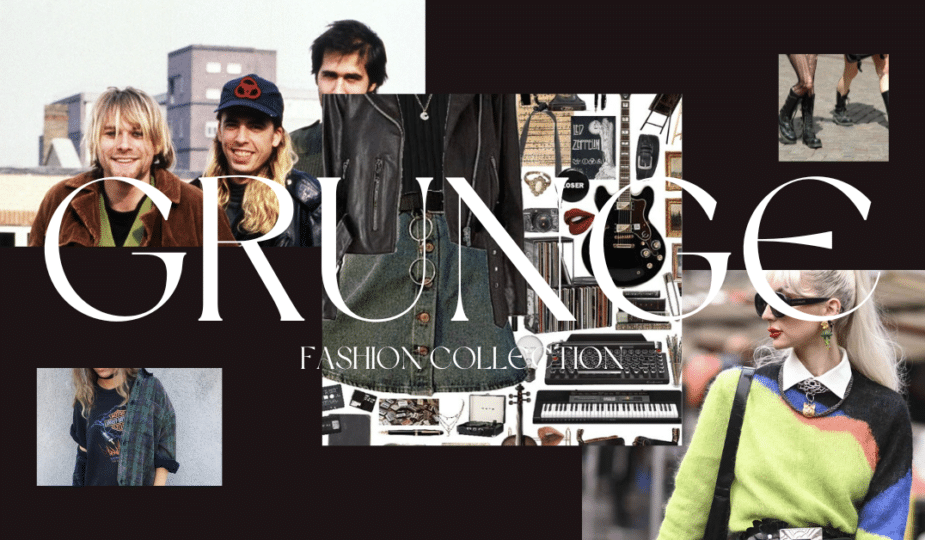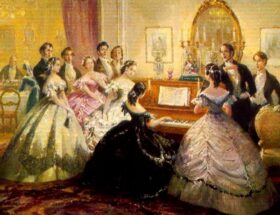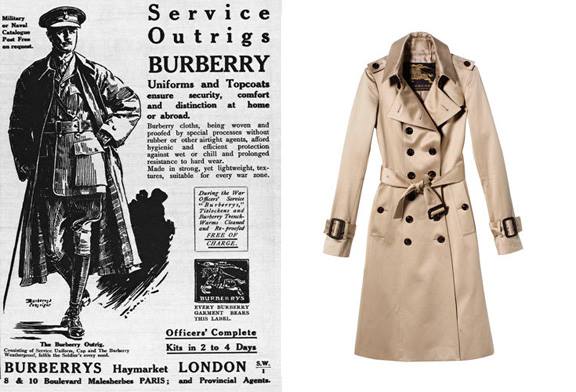In the cultural tapestry that unfolded in the mid-80s Seattle, a phenomenon stitched with the threads of anti-fashion and fueled by the raw energy of grunge music took form – the grunge style. This trend surged in popularity by the mid-90s, encapsulating a generation's disposition through its distinctive clothing, hairstyles, and accessories. We unravel the layers of grunge style clothing, dissecting its origins and trajectory through various phases, including the significant roles played by grunge style men and the undying essence of grunge style 90s.
From the murky garages and somber streets of mid-80s Seattle emerged a cultural phenomenon that would forever alter the landscape of music and fashion — the grunge style. This movement reached its zenith in the mid-90s, cultivating a unique blend of music and fashion that resonated deeply with the disillusioned youth of the era. Let’s delve deeper into the grunge style, unearthing the ethos of grunge style clothing and the artists who became its reluctant poster children.
Grunge Style Clothing: The Zeitgeist of the 90s
Drawing its roots from the vibrant grunge music scene, grunge style clothing was more than just a fashion statement; it was an anti-fashion statement that resonated deeply with the youth.
A meticulous blend of thrift-store pieces, often worn loosely to de-emphasize the silhouette, it portrayed a nonchalant disposition. Thomas Bell elaborated in a 1998 article for the *Journal of Cultural Geography*, stating that "Flannel shirts and Doc Martens boots were worn as an anti-fashion statement that is undoubtedly related to the unassuming and unvarnished nature of the music itself”.
Anchored by iconic bands such as Nirvana and Pearl Jam, this style birthed from mundane daily wear encompassed oversized striped sweaters, ripped jeans, and a notable disregard for the flashy aesthetic of the 80s.
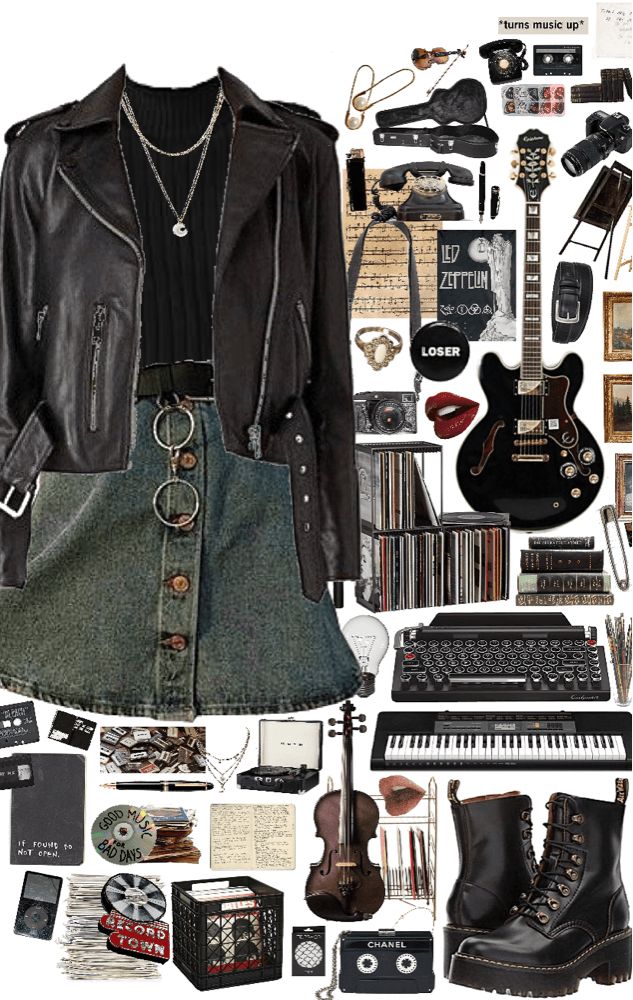
The New York Times captured its essence perfectly in 1992, noting, "This stuff is cheap, it's durable, and it's kind of timeless. It also runs against the grain of the whole flashy aesthetic that existed in the 80s”
Grunge Style Men: A Canvas of Non-Conformity
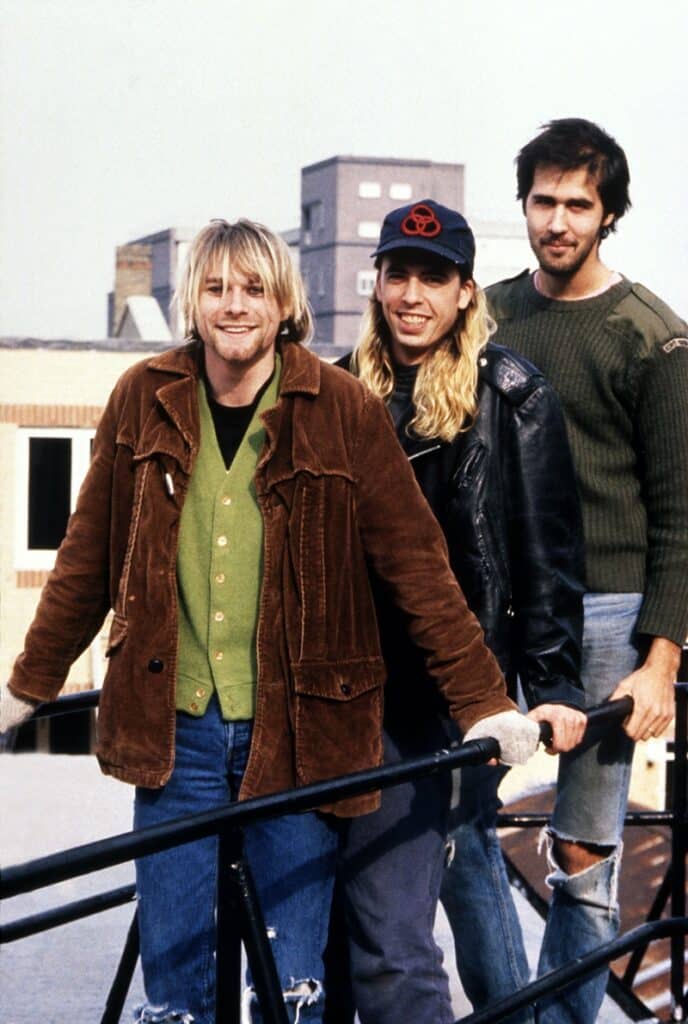
The grunge style men embraced bore testimony to a calculated chaos, a representation of unrestrained freedom in clothing. The ensemble leaned towards shabby T-shirts adorned with band logos paired with distressed jeans, a look that candidly rejected polished aesthetics in favor of a raw, unfiltered appeal.
Kurt Cobain, the Nirvana frontman, was a quintessential representative, often seen in everyday clothing with an unmistakable unkempt hairstyle that exuded a "hair-sweat-and-guitars look", a vivid depiction of the grunge spirit. His androgynous fashion sense, which involved borrowing elements from both male and female styles, became a hallmark, laying a blueprint for the grunge style men.
Grunge Style 90s: From Kinderwhore to Iconic Footwear
The grunge style 90s is an exploration of a rich landscape where ‘less was more’. Women’s fashion was marked with a blend of feminine and masculine elements. The kinderwhore look, characterized prominently by Courtney Love, was a distinct trend, composed of barrettes, tiaras, and Mary Janes paired with elements of grunge.
Moreover, the era resurrected certain bygone elements, with bell-bottom jeans from the 70s becoming a rage by 1995, adding a retro touch to the contemporary grunge canvas. It was a period where fashion norms were continuously challenged, offering a rich tapestry of bold choices and unapologetic styles.
Revival and Reinterpretation: Grunge in Modern Times
Despite its perceived demise post the mid-90s, grunge experienced a rebirth in the luxury fashion arena, spearheaded by designers such as Marc Jacobs. His 1993 collection for Perry Ellis, featuring iconic grunge items, was met with criticism, yet it paved the way for the return of grunge in the 2010s, narrating a tale of resilience and timelessness.
Grunge’s comeback in the 2010s, witnessed during the New York Fashion Week in 2013, signaled its undying relevance, with new interpretations coming from the likes of Yves Saint Laurent and Dries van Noten, proving that grunge was not just a style but a spirit, eternal and unfading, embodying the essence of the boho-chic culture of early 90s Seattle.
Conclusion: The Undying Spirit of Grunge
As we venture through the chronological tapestry of grunge style, we discover more than just a fashion statement — we uncover an attitude, a spirit resonant with authenticity and non-conformity.
Through the lens of time, grunge has stood tall, defying trends and echoing the sentiments of a generation that embraced the unpolished and real over the synthetic and flashy, continuing to inspire and resonate in the fashion spheres today, carved from the heart of Seattle to resonate across the globe, timeless, authentic, and unapologetically grunge.
